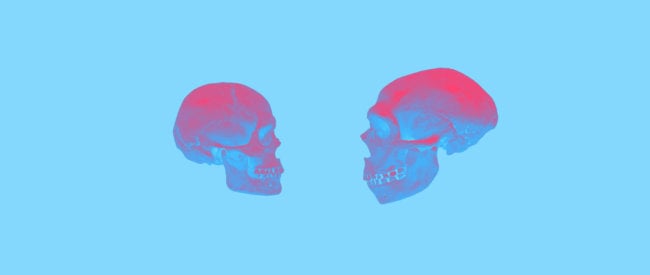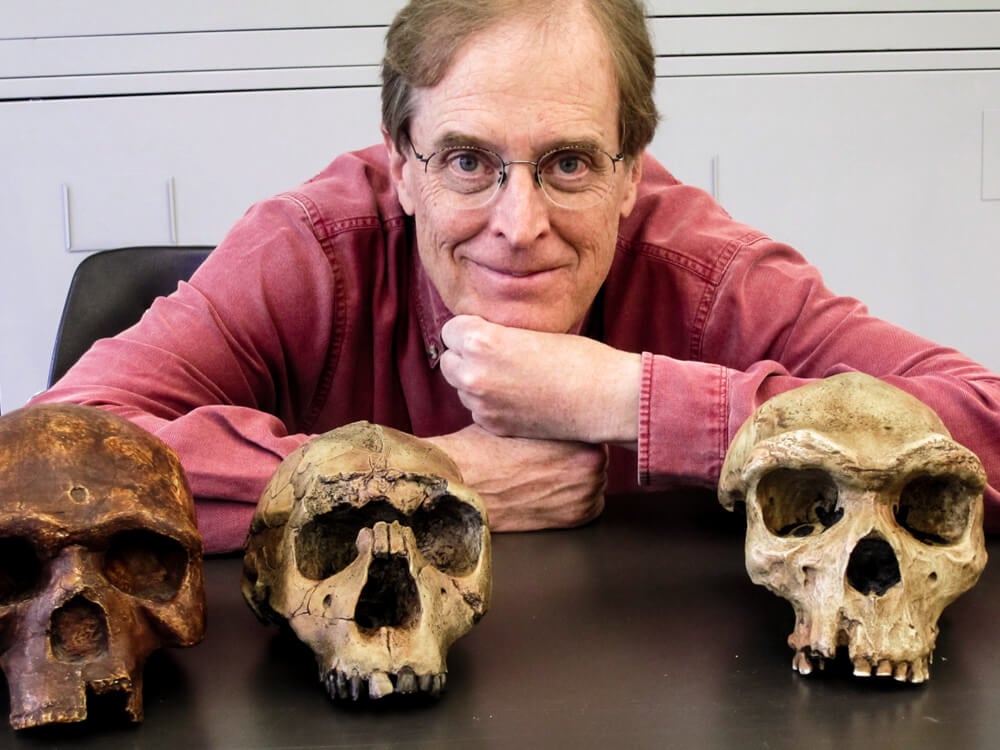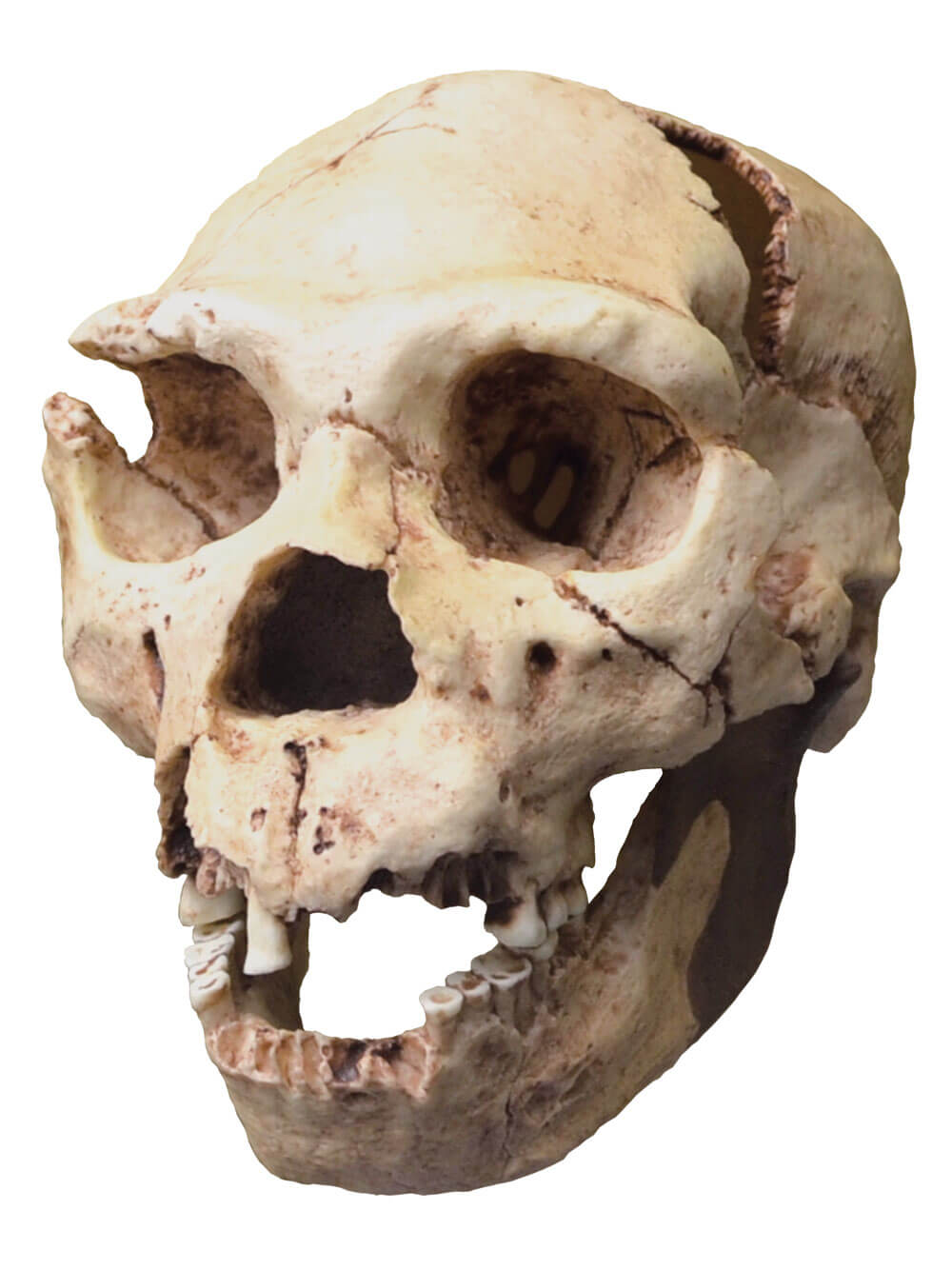
Neanderthals. How many were there? Archaeologists and geneticists give different answers. A new study should help them to reach consensus and to shed light on the forgotten history of these people of antiquity. Including a fairly early disappearance. In 1856, three years before publishing “On the origin of species” by Charles Darwin, a group of miners found human fossils in a limestone cave in the Neander valley of Northern Germany – later, they called Neanderthal 1, the first sign of belonging to a different archaic species of man. Since then, we tried to understand as much as possible about our mysterious ancestors. For this, the experts collected two main lines of evidence: hundreds of bones and stone tools found scattered from Spain to England to the Altai mountains, and very recent data and conclusions from statistical models.
However, these approaches have painted a strikingly different picture of what it should look like the population of Neanderthals. Archaeological evidence suggests that about 150,000 individuals swept Europe and Asia, lived in small groups of 15-25 people, and their total number fluctuated with climate change (including severe glacial periods) which occurred in the interval of half a million years until the extinction of the Neanderthals 40,000 years ago.
Genetic sequencing tells a different story. Part assessments based on genes determine the population of the Neanderthals as some 1,000 people; others define a few thousand at most. There are several hypotheses that could explain these results: either the population was really small, even at the peak, or it could have been more, but decreased over time. In any case, the Neanderthals were always in decline, and their disappearance seemed to be prophesied from the beginning.
“The fact that these two types of evaluation are not the same, this is a problem yet to be solved,” says John hawks, a paleoanthropologist from the University of Wisconsin-Madison.
Now, however, researchers under the leadership of Alan Rogers, an anthropologist and population genetics at the University of Utah, proposed a new genetic model that can reconcile these differences. He believes that Neanderthals were much more numerous than shown by previous genetic studies, and brings them under obvious artifacts and fossils that speak in favor of this. He also fills in the evolutionary history of Neanderthals from when they first separated from our ancestors in Africa, and when they began to face with modern humans. In many ways, Neanderthals were much more successful as a species and much more like us than we used to think.
Contrary to the consensus

In population genetics, the effective population size is not a direct measurement of the total number of people who lived at a certain time. It is rather a measure of genetic diversity. The experts review the DNA of individuals throughout history in search of differences in DNA sequences between the two copies of his or her genome. In fact, they estimate how many kindred generations are separated maternal copy of the gene from the paternal copy. If the population is small, they expect to find a common ancestor quickly enough; if large, take longer. “It’s amazing how much information can be extracted from an individual,” Rogers said.
Scientists have long noticed that the Neanderthals had a low level of genetic diversity. The modern Africans, about 11 out of every 10,000 nucleotides heterozygous, that is, differ between the two copies of the chromosome. The type only 8 in every 10,000 exhibit this behavior. This figure drops to 2 per 10,000 Neanderthals and Denisovskoe people, science has identified only in the past decade. “The theory of population genetics tells us that this should mean a small population size” of these archaic people, says Montgomery Slatkin, a biologist at the University of California at Berkeley, which Rogers is not convinced. This means that the population sought to numbers in 2000-3000 individuals.
“But if the world really were only 1000 of the Neanderthals,” says Rogers, “it’s hard to believe they left such a rich petrified Chronicles”.
And yet, to the genetic evidence appeal Rogers and his colleagues, claiming that Neanderthals were more tens of thousands. The work of scientists was published in the proceedings of the National Academy of Sciences last month.
The key to this new result lies in the assumption of the researchers that Neanderthals were much more diverse gene pool, but it was divided into small isolated inbred group of genetically similar individuals. Such fragmentation would have distorted the earlier genetic results of the past assessment would indicate the local population and its regional history, missing the big picture.
Rogers decided to fill this gap by adapting and extending the model the mixing of the population, which was used by other researchers. Instead of analyzing the genome of one person, he and his team compared the genetic variants characteristic of modern Africans, modern Eurasians, Neanderthals and Denisovsky people. An early version of this model was developed to assess how badly crossed modern humans and Neanderthals. The main innovation of Rogers was to add the denisovans in the mixture and to substantially increase the list of possible combinations and interactions of populations. It helped him answer questions that go far beyond the crossing relating to population size and other aspects.
The increase in genetic diversity that was discovered by Rogers and his colleagues, corresponds to approximately a tenfold increase in effective population size. Although there is no way to know how many Neanderthal individuals can fall out of this number, the estimates for the fossil data will have to seriously reconsider.
“The study provides evidence in the form of DNA that we saw in the archaeological record,” says Joshua Aki, an evolutionary biologist at Princeton University.
Out of Africa — twice
Working with genetic sequences and their revised model, scientists have obtained new ideas about how Neanderthals, denisovans and modern humans has grown, shrunk, split and merge periodically throughout history. “We want to make a good genealogical tree, to be able to tell the exact history of how connected these two groups,” says Steven Churchill, an anthropologist from Duke University. “But it’s clear that this relationship is much more complicated.”
About 750,000 years ago, according to Rogers, the predecessors of the Neanderthals and the denisovans have left the ancestors of modern humans in Africa to go on a vast territory of Eurasia. This alone almost destroyed them; genetic data show that the population passed through a severe trial that were not previously identified studies. Whatever caused this catastrophe, the ancient people have survived it and only a few thousand years later — 744 000 years ago — they split up into two separate genealogies, the Neandertals and the denisovans. The first is then divided into smaller regional groups, which fascinated Rogers.

Dating of the split between Neanderthals and denisovans in itself surprising, because previous studies have put it later: the study of 2016, for example, the division identified as the event that took place 450,000 years ago. Early separation means that we should find even more fossils left over from both groups. You will also need to revise already found fossils. Take, for example, the bones of the brain hominid belonging to the species Homo heidelbergensis that lived in Europe and Asia about 600,000 years ago. Paleoanthropologists can’t agree with how he relates to other groups of people; some believe that they were the ancestors of both modern humans and Neanderthals, others that they were nadrenii types, which replaced the Neanderthals that roamed Europe.
The findings of Rogers assume that H. heidelbergensis was supposed to be an early Neanderthal. “We put so early splitting that European hominids 600,000 years ago is almost certain to be a Neanderthal,” he says, “at least genetically, even if he didn’t look like a Neanderthal”.
Anyway, this new reconstruction of the complex early history of the Neanderthals is very similar to what we have learned about populations of anatomically modern humans first spread in Europe and Asia. About 50 000 years ago the Eurasians split from Africans, has endured a difficult period, during which their population was very low, and then broke into regional populations throughout Eurasia, the so — called waafrika the theory of migration of people. “It seems that the same thing happened 600 000 or 700 000 years ago” with Neanderthals and denisovans, says Rogers. “There was another waafrika Diaspora, of which one had not previously existed”.
Not so bad in the end
It is no secret that Neanderthals were all bad: ice ages, they survived, and fragmentation of their populations left them unable to maintain a reliable social or technological growth. “But one of the misconceptions is how we present the progress that modern people better and worse than Neanderthals,” says Hawkes. “When it came to hunting and reliance on high-energy food resources in marginal environments, the Neanderthals were unbeatable. They solved the problems we face today do not. How they lived with such a low population density for hundreds of thousands of years? We’ll never understand.”
Before embarking on his research, Rogers believed that Neanderthals were on the verge of extinction when modern humans entered their territory, their population was already exhausted and was full of genetic diseases. More he does not think so.
Understanding the true structure of the Neanderthal population could help scientists delve into the dynamics of these ancient people and their interaction with us. For example, I wonder whether any features in the breeding of humans and Neanderthal. If we included an equal number of maternal and paternal DNA of the Neanderthals, or was it a shift?
The work of Rogers and related studies by other groups can be powerful illumination for modern genetics. Their analytical model can be applied to dogs and horses — and indeed for any species that demonstrate a structured reproduction in their populations, not random gene flow. The genes of Neanderthals could be linked with an increased risk of depression, diabetes, heart disease and other disorders, and it also remains to be seen.
Geneticists are studying the secrets of the forgotten history of the Neanderthals
Ilya Hel